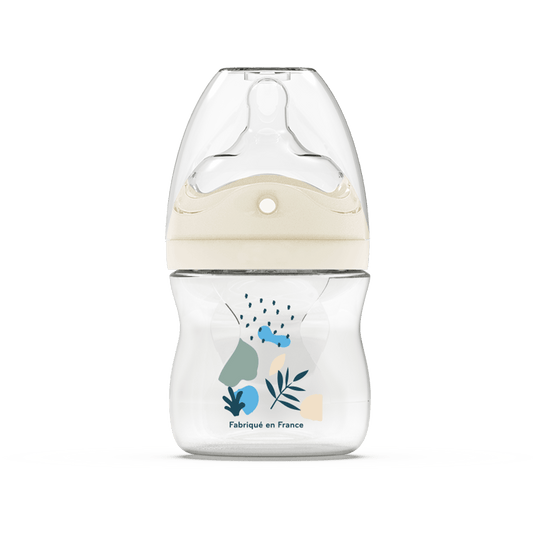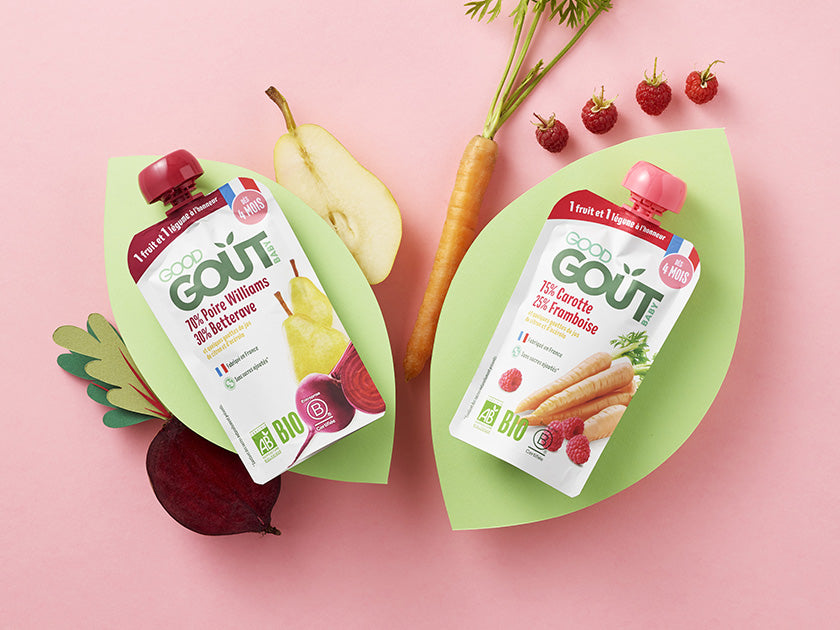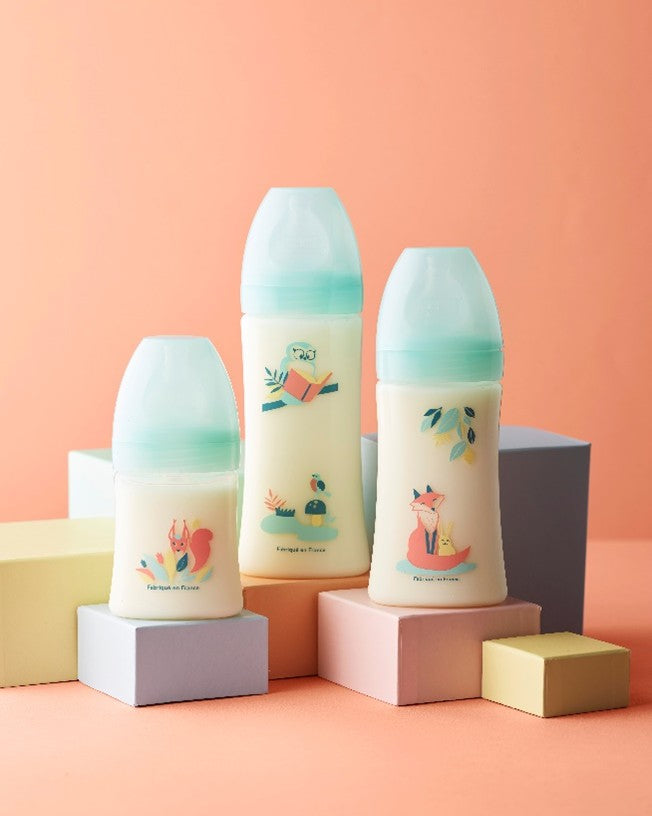INTERVIEW Fabien Lequenne, midwife, sophrologist, and hypnotherapist, explains how to introduce bottle feeding into breastfeeding. A vast subject. Here are his explanations regarding mixed feeding, weaning, and, above all, the importance of the well-being of both mother and baby.

Generally speaking, how do you approach the subject of breastfeeding and bottle feeding with the women you support?
"I'm not necessarily pro-breastfeeding, but I'm pro-mom first and foremost. I want women to feel comfortable. I adapt the childbirth preparation sessions based on their wishes. For expectant mothers who don't know whether they want to breastfeed or bottle-feed, I offer them a session with clear and objective information, which will allow them to decide. This is essential to avoid misconceptions. What's important is to have fun, to enjoy a moment that is supposed to be happy: coming home with the baby. And for that, the mother must be rested and calm. When I see women after they give birth, sometimes there are very complicated breastfeeding sessions. In these cases, we can consider introducing bottles to have a baby who cries less and gains more weight. Also, because I feel the mother is a little overwhelmed. I'm not going to be a breastfeeding ayatollah, otherwise the risk is that women will be at their wit's end and tell me they want to stop everything. Whereas ultimately, by introducing a few bottles here and there, we see women who breastfeed for three months in a somewhat mixed way."
What is mixed breastfeeding?
"A breastfeeding woman may, for convenience or medical reasons, need to supplement her feedings with bottles. Depending on the situation, this may involve supplementing breast milk with a breast pump or using powdered milk. Mixed feeding can also be used as a step prior to weaning."
Concretely, how do you introduce the bottle into mixed breastfeeding?
"In the case of problematic breastfeeding, when the baby is not gaining enough weight, introducing a bottle will help increase milk supply. Often, it is a sucking problem: some premature or low birth weight babies tire quickly at the breast and do not drink enough. Drinking from the breast requires much more effort than from a bottle, which will then complement (and not replace) a feed.
This may be a temporary solution, as if the baby has grown significantly, the woman may eventually return to exclusively breastfeeding if she wishes. This will be more difficult if the bottles introduced contained powdered milk. In this case, it is recommended to supplement a feeding with a bottle of breast milk collected using a breast pump, in order to stimulate the breast and therefore the milk flow. This must be taken into account if lactation is to be maintained.
Regarding mixed breastfeeding for convenience with bottles (infant milk or formula), it is often implemented because the woman needs to sleep. 1 to 2 bottles maximum per day are then recommended, so as not to disrupt lactation too much. But you should not start too early if you want to maintain breastfeeding (sometimes the baby can become lazy at the breast and prefer the bottle and it takes time for lactation to get well established). My advice: after a minimum of one month of exclusive breastfeeding, at the last feeding before night around 10-11 p.m., it is possible to give the breast and also the bottle. This is to increase the intake in the evening, satiate the baby for longer and thus delay the feeding until the middle of the night. The mother has her baby breastfeed on demand, then we give him a break and within the hour that follows, we offer him a bottle.
However, if the mother plans to breastfeed for 6 months, mixed feeding is not recommended, given the potential risk to lactation. If she is very tired, the father can also help at night by rocking and changing the baby to soothe her. It's a team effort. There are many other things to do besides giving a bottle to participate!
What about weaning? How to do it successfully?
"Weaning must be anticipated! It often occurs before returning to work, the goal this time is to replace breastfeeding with bottles of infant milk. This is to gradually reduce lactation. For weaning in the best possible conditions (without stress or rushing), it should be started at the end of the baby's second month if the mother is on standard maternity leave.
A new bottle corresponding to a feeding is introduced, approximately every 4 days. The principle is then to alternate bottle and feeding. Generally, we avoid replacing the morning feeding first because the woman's breasts are often full. The first bottle can be given mid-morning or late afternoon. Before the evening feeding in any case, which is important because it allows the breasts to be fully emptied before nightfall at the beginning of weaning.
Under what conditions should the very first bottle be given?
“The ideal is to have it given by a third party, someone other than the mother. The father, for example. Or a grandmother, the nanny. There will be less emotion, especially during weaning. Preferably in a calm place. Above all, it is important for the mother to stop feeling guilty and to verbalize things by explaining to her baby why she is going to stop breastfeeding. In France, weaning is done very early given the length of maternity leave. And expressing milk at work is not encouraged. However, weaning is a stage that can be difficult for the mother if breastfeeding is going well. It should not be minimized. Women can seek professional support.
In any case, just because the baby is no longer at the breast doesn't mean there will be no more bond with the mother and that the baby will be traumatized! There are always moments of cuddles!












